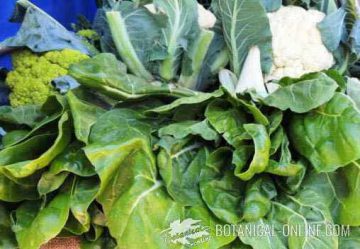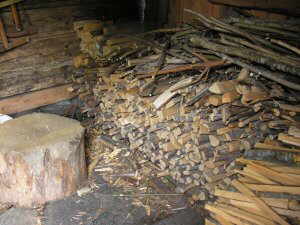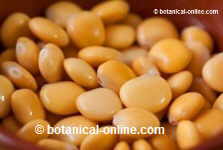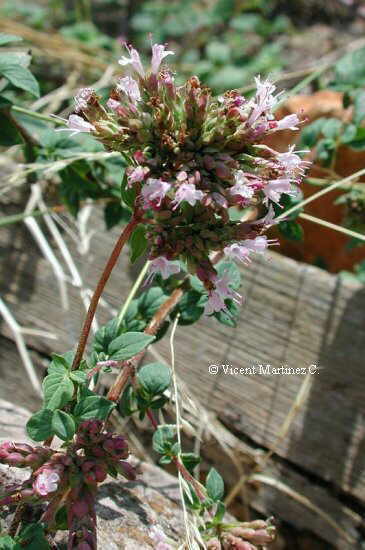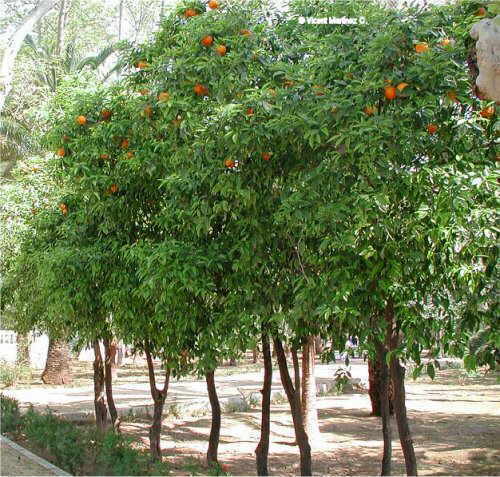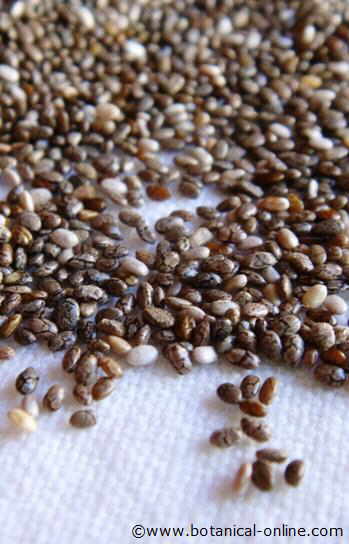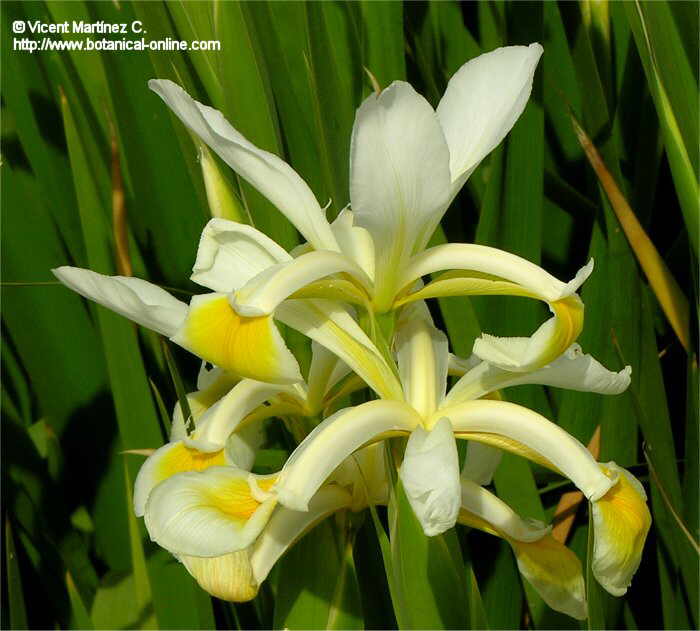Contents
How to grow spinach and care for them
Spinach cultivation care
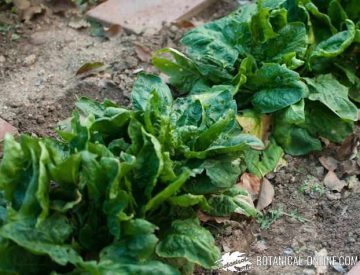
Spinach is an annual plants belonging to the Chenopodiaceae family. It is a vegetable rich in vitamins and minerals. Its leaves are consumed by humans, either raw or cooked.
Characteristics of the plant
Initially, it develops basal rosette-shaped leaves. When the plant becomes adult, it develops a stem with branches, 30 – 100cm. high, where the flowers grow. The flowers can be either male or female (it is a dioecious plant).
Below, we show a whole spinach grow guide: how to plant them, type of soil, spinach varieties, preparation of the ground, care, irrigation, fertilization and their diseases and pests.
Growing conditions
- It is tolerant to frost (up to -9ºC) and soil salinity. Prolonged exposure to freezing temperatures can cause serious damage to the plant due to its high water content (95%), so in winter it is advisable to evaluate greenhouse cultivation.
- Type of soil: Spinach requires fertile soils rich in well-decomposed organic matter. At least 1 month before sowing (preferably in winter), it is advisable to carry out a deep soil tillage. Soil reaction: optimum soil pH 6.5, but tolerates up to 7.5.
- Spinach needs a lot of moisture during the early stages of growth, and instead prefer dry summers.
- It is recommended to plant them in partial shade to promote the leaves growth and not the seeds (this point is especially important in summer sowing).
Growing spinach: care and garden tasks
There are two types of crops: summer spinach and winter spinach.
Summer spinach
In the spring Summer spinach are sown to harvest during the summer months:
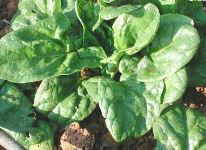 Summer varieties: Rendo, Bejo, Renegade, Grizzly, Rijk Zwaan.
Summer varieties: Rendo, Bejo, Renegade, Grizzly, Rijk Zwaan.
- Tillage: At least 1 month before sowing, a deep soil tillage should be carried out. This will promote the rooting and plant growth of the plant. In case of not doing it, if the soil is very compact, the plant would not develop.
- Place the crop in semi-shade.
- Sowing: Sow in rows at a depth of 1.5cm. Sowing is done in spring (March – May), and it is recommended to stagger it every 2-3 weeks to have a constant supply during the summer.
- Germination: Germination occurs 3 weeks after sowing at an average temperature of 6ºC.
- Rinse: Rinse is very important in order to the plants do not grow too close together, so that the plants develop well and it is avoid diseases. A separation between plants of at least 30cm should be maintained.
- Weeding: It is convenient to eliminate the weeds that grow in the ground (weeding).
Watering spinach in summer
Maintain regular watering especially during the hottest and dry months. Spinach is very rich in water and the deficiency of this nutrient can cause serious damage. Water abundantly especially during growth. Frequent watering results in fleshy leaves.
Winter spinach
They are sown in late August or September to harvest during the winter months:
- Winter varieties: Pelican, Rijk Zwaan, Virofly, Batlle, Polarbear, Rijk Zwaan, Sigmaleaf, Long Standing Prickly, Green Market. It is recommended to choose varieties resistant to premature flowering.
- Tillage: (The same as how to proceed with summer spinach)
- Place the crop in a sunny place
- Sowing: Sow in rows at a depth of 1.5cm. Sowing takes place at the end of August or September. Germination occurs 3 weeks after sowing at an average temperature of 6ºC.

Spinach together with cauliflower and broccoli. Clarified: (The same as how to proceed with summer spinach)
- Winter care: Cover the plants with protective screens in the coldest months (October – November onwards).
- Weeding:(The same as how to proceed with summer spinach)
- Irrigation: Water abundantly especially during the growth period. Frequent watering results in meatier leaves. Protect from frost.
Crop association
Spinach flourishes when grown together with: strawberries, peas, cabbage, garlic, celery, beans and onions.
Cultivation with plants of the same family is NOT recommended because they compete in obtaining nutrients from the soil: beets, chard.
![]() More information on spinach
More information on spinach

